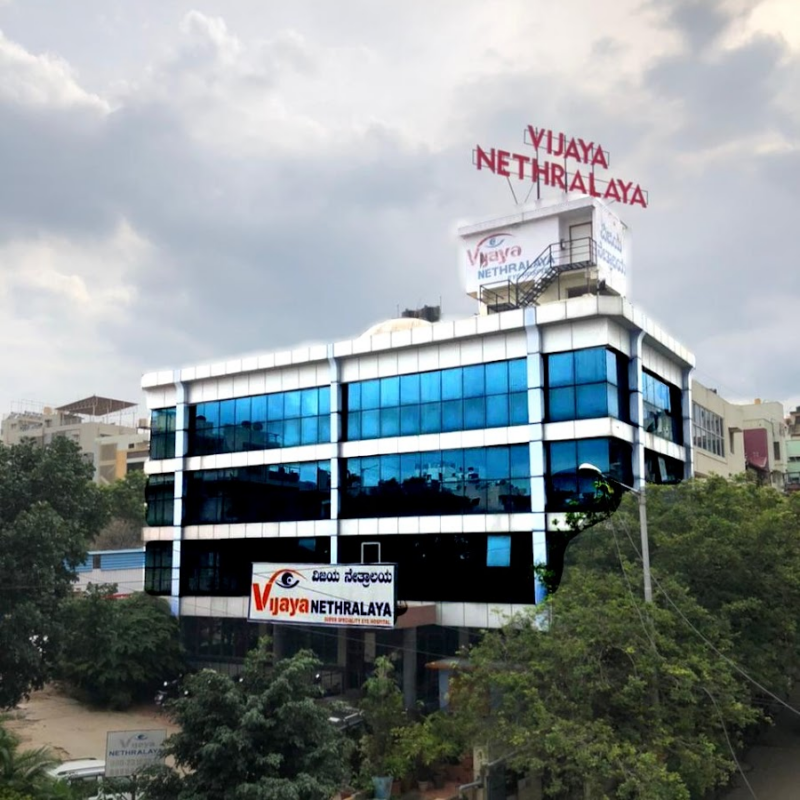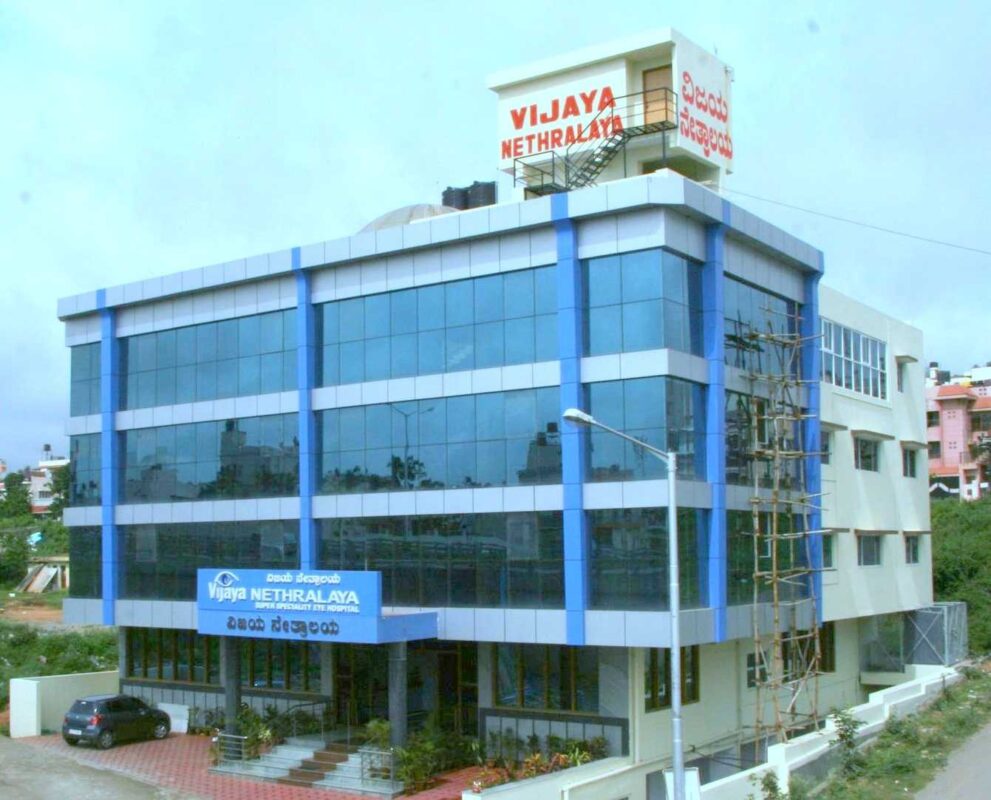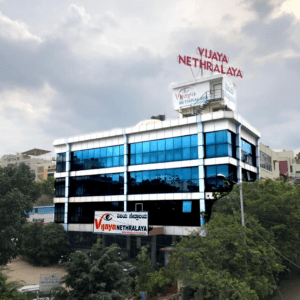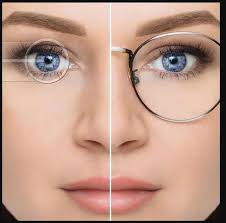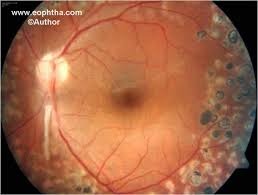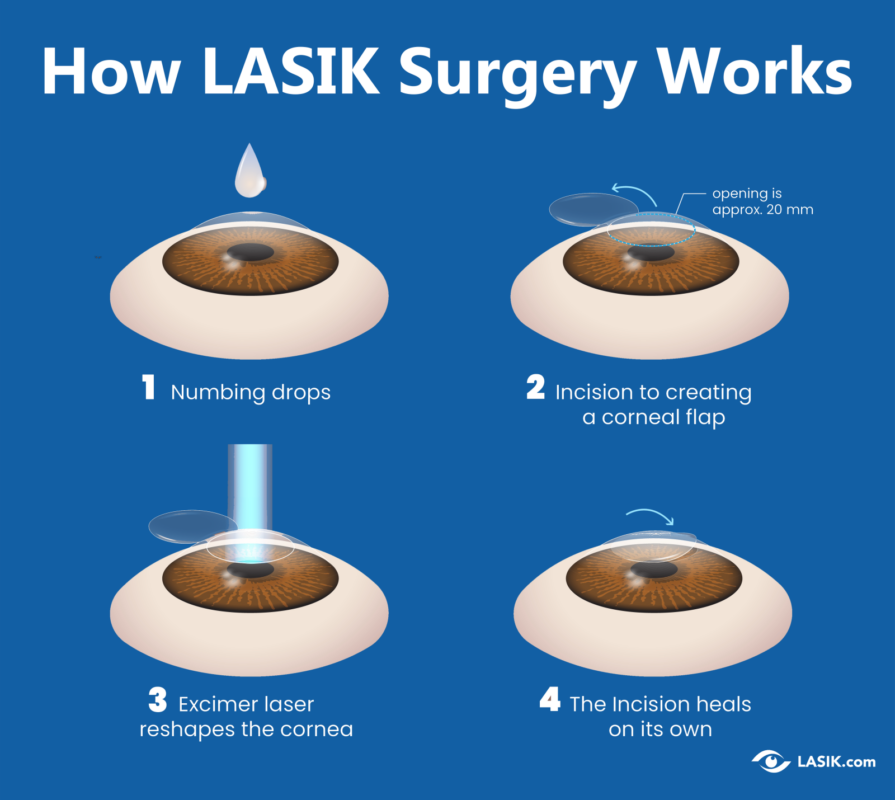INTRODUCTION:
It is a revolutionary vision correction procedure that has transformed the lives of millions of people worldwide.
FEMTO LASIK Surgery:
FEMTO LASIK, short for Femtosecond Laser-Assisted In Situ Keratomileusis, is a type of laser eye that employs a femtosecond laser to create a corneal flap. The surgeon then lifts this flap to allow an excimer laser to reshape the underlying corneal tissue.
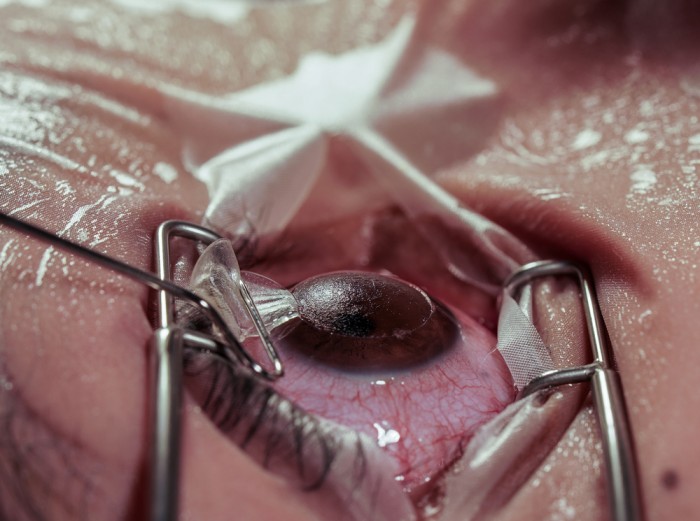
Benefits of FEMTO LASIK Surgery:
- Enhanced Precision and Safety: The femtosecond laser used in FEMTO LASIK allows for the creation of a more precise and uniform corneal flap, significantly reducing the risk of complications associated with manual instruments.
- Improved Visual Outcomes: Patients often experience better visual acuity post-surgery, with many achieving 20/20 vision or better.
- FEMTO LASIK minimizes the risk of post-operative dry eyes compared to traditional LASIK, making it a preferred choice for patients prone to this condition.
- Faster Recovery Time: The advanced technology used in FEMTO LASIK typically results in quicker healing and a faster return to normal activities.
FEMTO LASIK Procedure:
Before undergoing conducts a thorough eye examination to assess the patient’s suitability. for the procedure. This includes measuring corneal thickness, mapping the cornea, and evaluating the overall health of the eyes. The doctor advises patients to stop wearing contact lenses a few weeks before the surgery to ensure accurate measurements.
Surgical process:
- Anesthesia: Local anesthetic drops are applied to numb the eye, ensuring the patient remains comfortable throughout the procedure.
- Corneal Flap Creation: A femtosecond laser is used to create a thin, precise flap on the cornea. This step takes only a few seconds.
- Corneal Reshaping: The flap is gently lifted, and an excimer laser is used to reshape the cornea by removing microscopic amounts of tissue. This reshaping corrects the refractive error.
- Flap Repositioning: After reshaping the cornea, the surgeon carefully repositions the flap and allows it to adhere naturally without using stitches.
Recovery and Aftercare
After the surgery, medical staff will provide patients with protective eye shields to prevent accidental rubbing and promote heal It is normal to experience mild discomfort, tearing, and sensitivity to light for the first few hours.
Follow-Up Visits
Typically, doctors schedule patients for follow-up visits the day after surgery, one week later, and then periodically over the next few months.These visits ensure the eyes are healing properly and that no complications arise.
Long-Term Care
Most patients can return to work and resume normal activities within a few days. It is crucial to avoid strenuous activities and protect the eyes from water, dust, and direct sunlight during the initial healing phase.
Author Details:
Dr. Sushruth Appajigowda holds a prominent position as a Cornea, Cataract, Glaucoma, and LASIK Surgeon in Bangalore. He serves as the chief Cataract and Refractive surgeon at Vijaya Nethralaya Eye Hospital, Nagarbhavi Bangalore. Renowned as one of the finest LASIK surgeons nationwide, he brings with him over 12+ years of experience across multiple LASIK platforms, including ZEISS, ALCON, SCHWIND, AMO, and Bausch and Lomb.
Dr. Sushruth, a Certified Refractive Surgeon and a Fellow of the All India Collegium Of Ophthalmology, has successfully conducted over 5000 LASIK procedures.
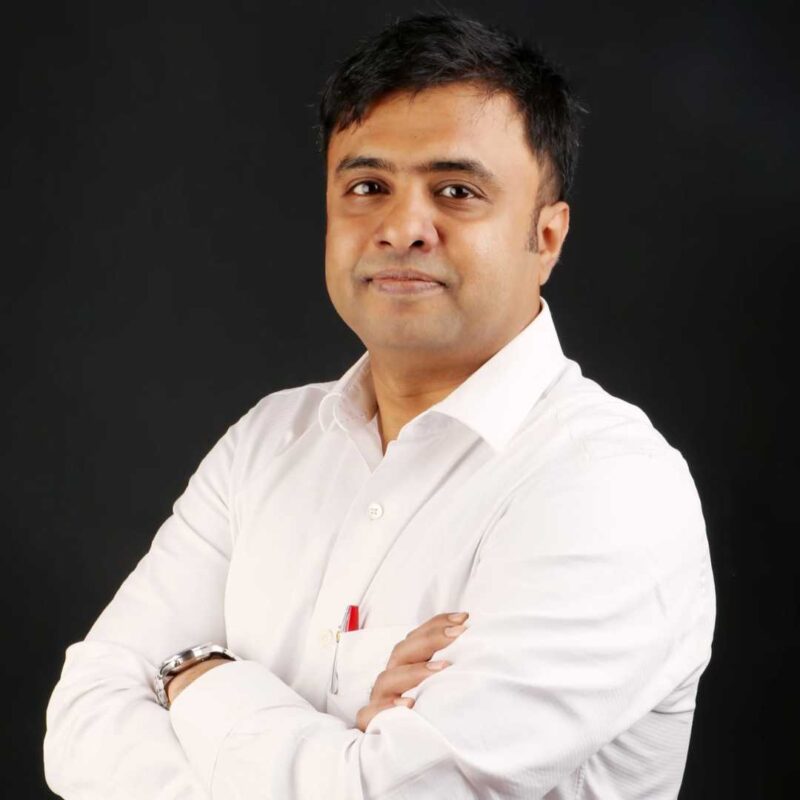
http://vijayanethralaya.com/link-in-bio/
Conclusion:
It represents a significant advancement in vision correction technology, offering enhanced precision, safety, and visual outcomes.

